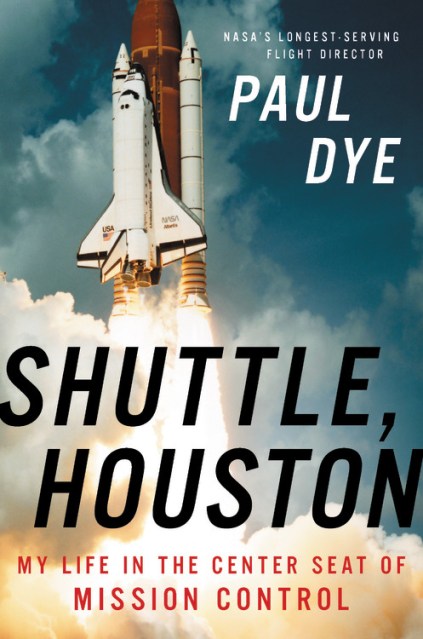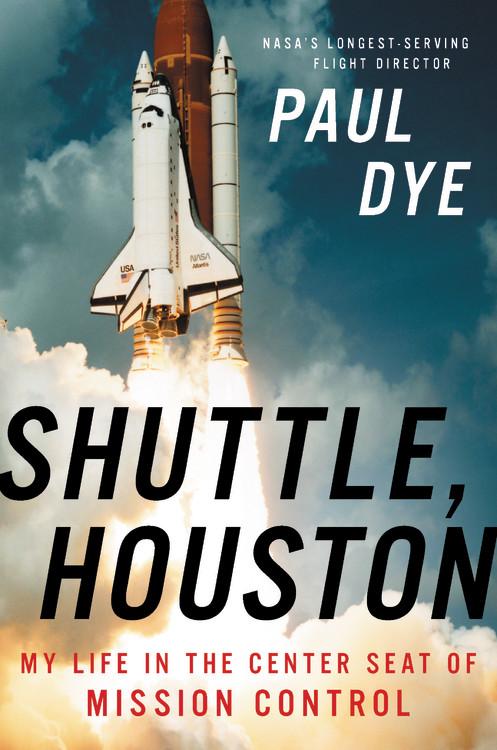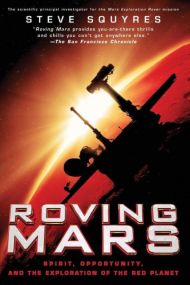Promotion
Use code MOM24 for 20% off site wide + free shipping over $45
Shuttle, Houston
My Life in the Center Seat of Mission Control
Contributors
By Paul Dye
Formats and Prices
Price
$28.00Price
$35.00 CADFormat
Format:
- Hardcover $28.00 $35.00 CAD
- ebook $13.99 $17.99 CAD
- Audiobook Download (Unabridged)
This item is a preorder. Your payment method will be charged immediately, and the product is expected to ship on or around July 14, 2020. This date is subject to change due to shipping delays beyond our control.
Also available from:
From the longest-serving Flight Director in NASA’s history comes a revealing account of high-stakes Mission Control work and the Space Shuttle program that has redefined our relationship with the universe.
A compelling look inside the Space Shuttle missions that helped lay the groundwork for the Space Age, Shuttle, Houston explores the determined personalities, technological miracles, and eleventh-hour saves that have given us human spaceflight.
Relaying stories of missions (and their grueling training) in vivid detail, Paul Dye, NASA’s longest-serving Flight Director, examines the split-second decisions that the directors and astronauts were forced to make in a field where mistakes are unthinkable, and where errors led to the loss of national resources — and more importantly one’s crew. Dye’s stories from the heart of Mission Control explain the mysteries of flying the Shuttle — from the powerful fiery ascent to the majesty of on-orbit operations to the high-speed and critical re-entry and landing of a hundred-ton glider.
The Space Shuttles flew 135 missions. Astronauts conducted space walks, captured satellites, and docked with the Mir Space Station, bringing space into our everyday life, from GPS to satellite TV. Shuttle, Houston puts readers in his own seat at Mission Control, the hub that made humanity’s leap into a new frontier possible.
Genre:
- On Sale
- Jul 14, 2020
- Page Count
- 320 pages
- Publisher
- Hachette Books
- ISBN-13
- 9780316454575
Newsletter Signup
By clicking ‘Sign Up,’ I acknowledge that I have read and agree to Hachette Book Group’s Privacy Policy and Terms of Use







